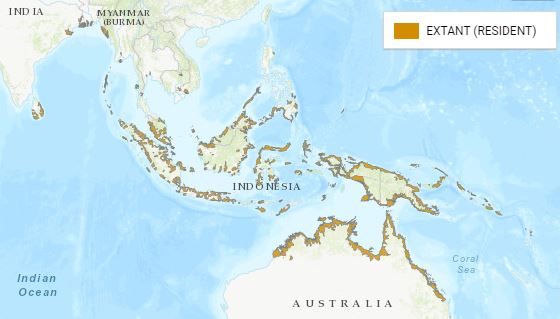
Posted 20th July, 2022


Members of the IUCN-SSC Crocodile Specialist Group have conducted global assessments of the American crocodile (Crocodylus acutus) and the saltwater or saltwater crocodile (Crocodylus porosus).
Crocodylus acutus has been assessed as Vulnerable under criterion A2cd with an inferred population decline of 30% over the last three generations (75 years) because of habitat quality decline and exploitation.
There are an estimated 5,000 mature individuals remaining but the overall global population trend for this species is increasing.


The global population of Crocodylus porosus is secure because of large populations, extensive habitat and effective management in Australia, Papua New Guinea and, to a lesser degree, Indonesia. There are increasing C. porosus populations in the Solomon Islands, Sarawak and Sabah due to effective protection measures, although management may require incentives derived from sustainable use in order to counter negative public attitudes towards them.
Posted 17th January, 2022